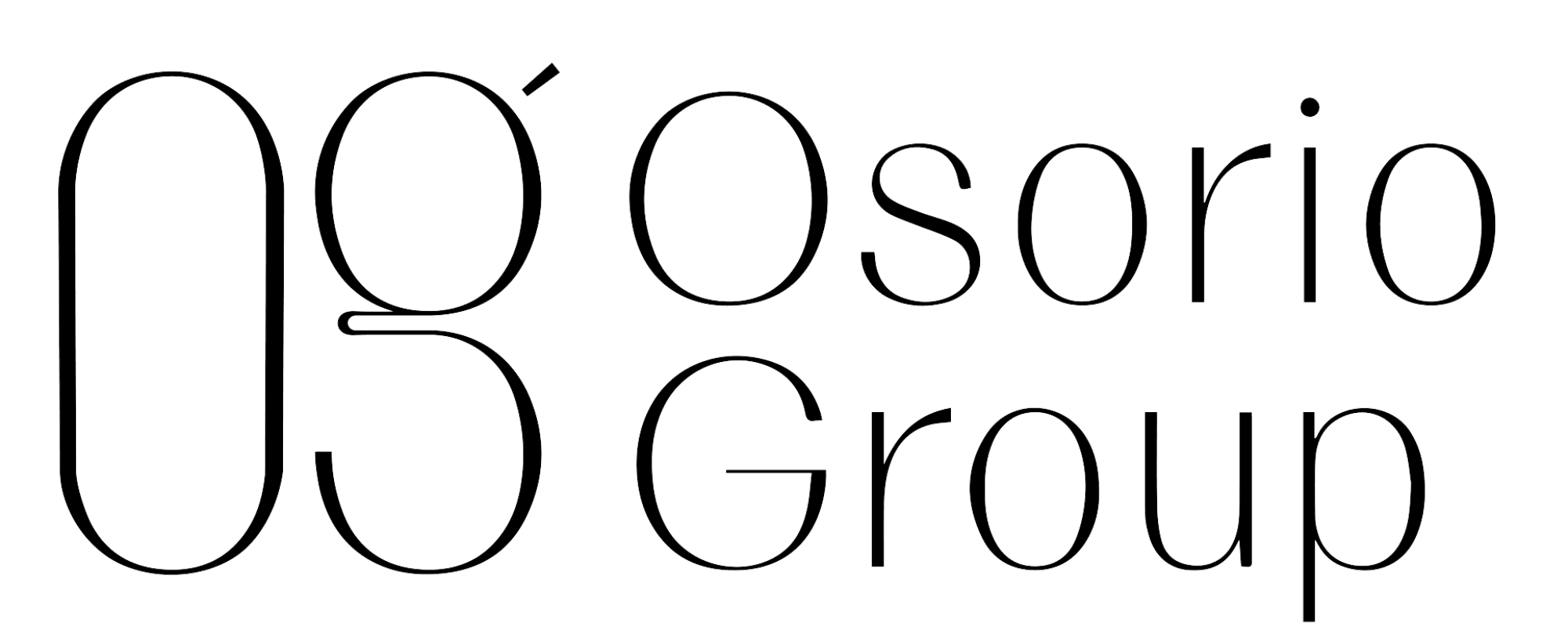When you’re shopping for a home, you’re likely to visit multiple properties before you find The One. Some people know which house they want to buy from the moment they walk through the door, but for most people, figuring out which home is right for you takes a significant amount of thought and consideration. This process can become more overwhelming the more options you have available to you—but don’t worry.
Simplifying is easy, and you can do it by prioritizing these top three considerations.
#1: Price
The first and most obvious consideration when buying a home is the price. When you’re house hunting, it’s essential to establish a realistic budget and stick to it. While it’s tempting to fall in love with a house that stretches your means, overextending yourself can lead to financial stress in the long run.
Determine how much house you can afford based on your income, expenses, and financial goals. Consult with a mortgage lender to get pre-approved for a loan, which will give you a clear understanding of your budget.
Here are some key points to keep in mind regarding the price of a property.
The Sticker Price
If you’ve found a couple of homes you’re interested in, you’re probably already comparing their prices. But it’s not just whether or not each home fits within your budget. It’s also what they offer for the value. The sticker price of one home might be much higher than the other—but if the cheaper home requires a lot of work, the cost might balance out. Consider your options and measure them against your total budget with the help of an expert real estate agent to make the best choice.
The Cost of Homeownership in Florida
Remember that the purchase price is just one part of the cost of homeownership. You’ll also need to budget for property taxes, homeowners’ insurance, maintenance, utilities, and if applicable, homeowners association fees. Do some research to figure out the cost of these items in your area, and factor them into your overall budget to avoid any surprises.
Negotiation
The sticker price of a property isn’t always set in stone. You can (and should) work with your real estate agent to negotiate the best possible price using comparable homes in the area and the current market conditions. This is why working with an expert agent is critical—they can offer you detailed insights about your chosen home, location, and market and help you craft the most competitive offer while getting you the best deal.
#2: Location
Location is often touted as the most critical characteristic of any property, and for a good reason. The neighborhood you choose can significantly impact your quality of life and of course, your property’s future value. The location will also influence other factors on this list, such as the sticker price of your home, HOA rules and fees, and more. Here are some things to consider:
Commute and Accessibility
When you imagine yourself living in a home, you should also picture what your day-to-day life looks like. Think about your daily commute to work, school, or other essential destinations. Is this location convenient, or will you spend hours stuck in traffic? Also consider the home’s proximity to public transportation you might want to use, highways, and major roads.
Neighborhood Features, Factors, and Amenities
When considering a home, explore the amenities in its surrounding area, including schools, parks, grocery stores, restaurants, and healthcare facilities. You can use the information to evaluate which home is a better fit for your lifestyle and preferences.
Also consider other neighborhood characteristics such as school districts, flood zones, and crime rates. If any of these will influence your life in a significant way, make sure you factor them into your decision-making process.
Future Development
Remember that when you buy a home, it’s recommended that you stay living in it for at least two years—and more is better. This is to help you build equity while you pay down your mortgage, and it allows you to not pay capital gains taxes when you sell again.
That means you should be excited to stay in this home’s location for two years or more, and you should also be aware of potential future developments in the area. Areas with planned infrastructure improvements and rising property values may be good long-term investments, but if you prefer an area that’s going to remain relatively the same, you might want to look elsewhere. Additionally, some developments can actually hurt property values if they increase noise or dramatically change the surrounding area’s aesthetic, so do some research before making your decision.
#3: Home Features
Once you’ve narrowed down your budget and chosen a desirable location, it’s time to focus on the specific features of the home itself. This one seems obvious, but considering a home’s features doesn’t mean that it needs to have every single upgrade under the sun. Instead, consider how its features (including its square footage, number of bedrooms, outdoor space, and much more) meet or do not meet your specific needs.
Here are key factors to consider:
Size and Layout
While you’re comparing homes, think about the size of each one and its layout. Does it accommodate your current needs and potential future changes, such as a growing family or remote work requirements? How many bedrooms and bathrooms do you need? What about flex space? These are the most basic features, but they’re also the most important because they’ll affect most aspects of your daily life.
Condition
As mentioned before, a home’s condition will affect both its sticker price and the cost of making it livable down the road. For that reason, you should inspect the property’s condition carefully. Even if you’re in the market for a fixer-upper, having a thorough home inspection completed will help uncover hidden issues so you can factor their costs into your budget.
Must-have Characteristics
This is when you can get into the bells and whistles. Besides the basic basics, make a list of features that you need to see and want to see in a home before you’ll consider buying it. This can include a certain style of architecture, smart home technology, outside space, types of finishes, and much more. Just try to limit the items on your “must-have” list to features that you absolutely must have. That way, you have the best chance of finding a home that meets your needs within your budget.
Have your list? Now compare the houses you’re looking at to the list and see which one stacks up better.






